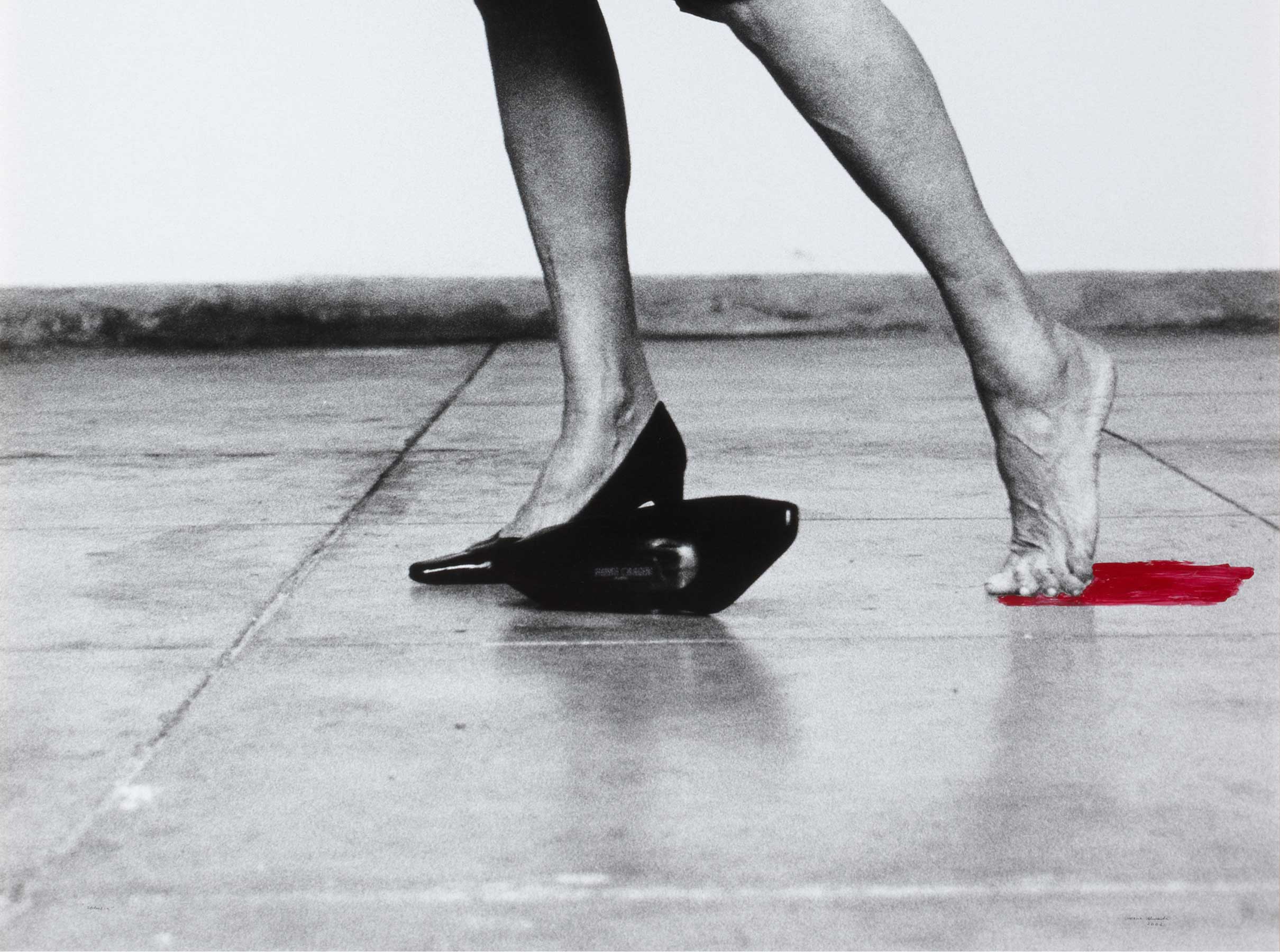Madrid, 1996
- 1996
- Silver gel print
- 80 x 60 cm
- Edition 2/7
- Cat. F_139
- Acquired in 2012
A self-taught photographer who learnt his trade by travelling and through time and effort, Javier Campano, turned professional at an early age and was introduced into the world of the image by photographers Luis Pérez Minguez and David Seaton. The former unleashed Campano’s passion for working with the human body and its relationship with nature, while the latter introduced him to the work of US authors and books that were a real discovery for Campano.
After the death of Franco and the in early days of a stage marked by cultural, social and political euphoria, Campano held his first solo show at Photocentro and published his first photographs in the Nueva Lente magazine, two of the most important platforms for the development of photography in Spain.
Known for his portraits of nearby locations in photos reflecting architectural and urban settings, and rarely depicting anything not in or within reach of a city, Campano could be said to be a street photographer ready to capture – mainly in black and white – the hidden face of an environment in which people appear only occasionally, as anonymous pedestrians or as part of the urban landscape.
Even though many of the works that form part of this collection are examples of Campano’s endeavours in black & white and colour photography, what stands out beyond his choice is the tendency to focus on both the geometric structure and the organisation of what surrounds him, and on shapes constructed with the help of light, fragments of urban reality, the play of casual lines, the informality of flaking, and so on. These are details that at first seem insignificant, but if we look carefully, they describe the human essence much better than many words.
Other works by Javier Campano

